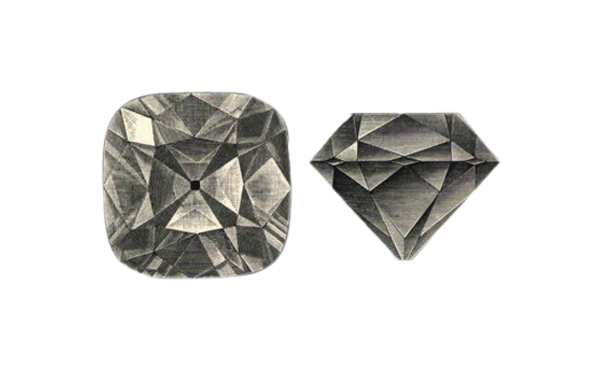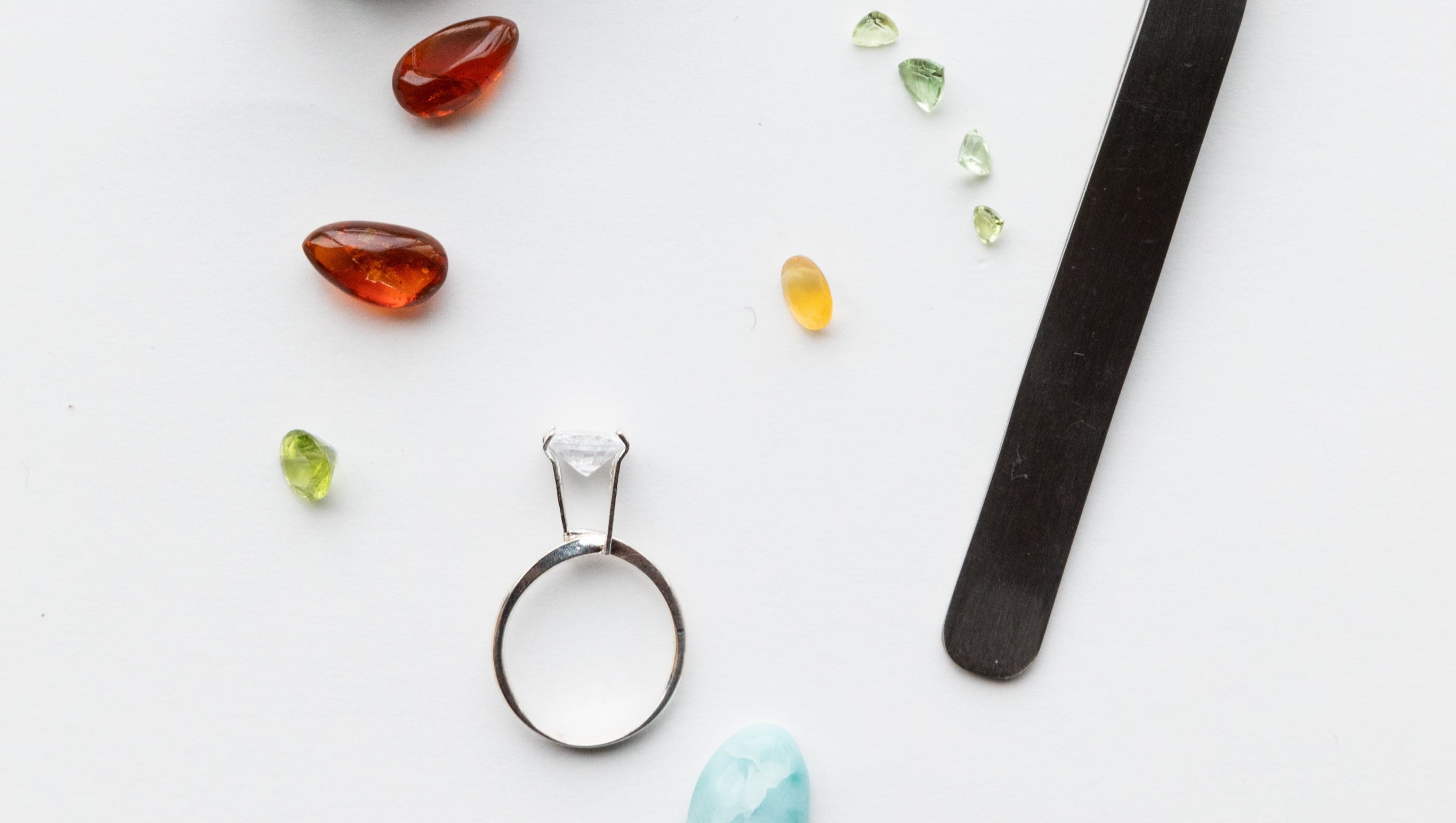 Sketch of the Regent Diamond in Cushion Cut (1)
Sketch of the Regent Diamond in Cushion Cut (1)
The Regent Diamond received its name from the French regent, the Duke of Orleans, from whom it was purchased in 1717.
In the following years, the special diamond adorned several royal possessions: the royal crown of Louis XV, the hairstyle of Queen Marie Leczinska, a velvet hat of Marie Antoinette, the hilt of Napoleon's sword, the crown of Charles X and the tiara of Empress Eugenie. The Regent Diamond can still be admired in this tiara in the Louvre in Paris today.
The Dark Beginnings of the Diamond
The history of the Regent Diamond is marked by cruelty and hard-heartedness.
Even the discovery of the rough diamond by a slave did not end well: After the slave found the 410-carat Regent diamond in 1701 in the Indian Partial Mine near the Kistna River, he is said to have intentionally injured himself so that he could hide the gemstone under his bandage. He fled to the sea and promised an English ship's captain half of the proceeds from the diamond. In return, he was to take him safely to a place where he could live free from his enslavement. The captain did not keep his promise and killed the slave on the ship so that he could take sole possession of the diamond.
But fate is said to have been ill for him too: after he had sold the Regent diamonds for a high price, he is said to have hanged himself, plagued by pangs of conscience.
The cut of the Regent Diamond
After these inglorious beginnings, the Regent Diamond became the property of Thomas Pitt, whose grandson William Pitt had the gemstone cut to its current cushion cut of 140.5 carats.
This process is said to have taken two years and was very expensive. In addition to the large main diamond, several small rose-cut gemstones were created.
(1) Image source: Wikipedia, Author: Anode
Diamond lexicon
jewelry collections
About RENÉSIM

